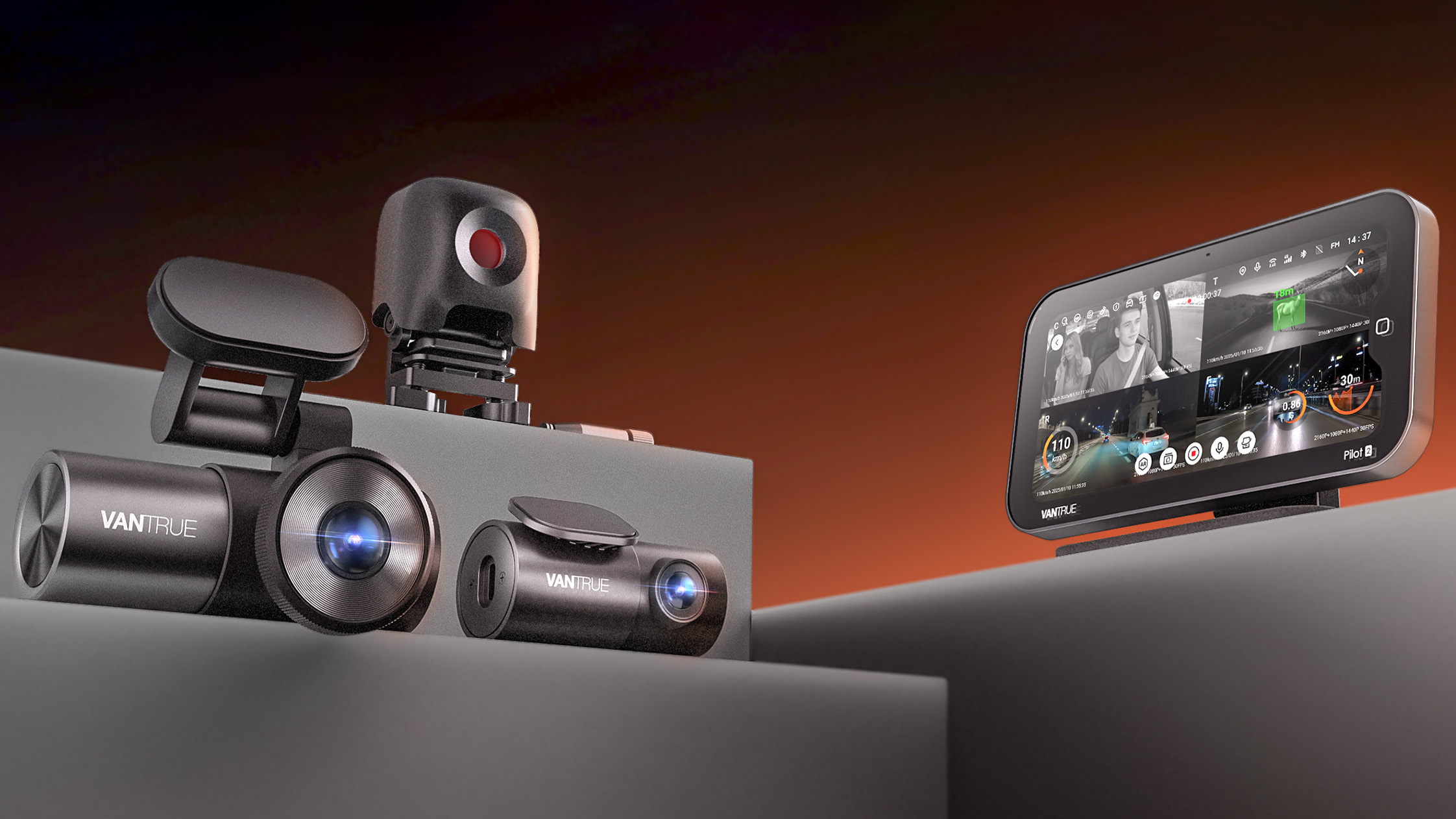This is the best bodyweight exercise for beginners, according to a personal trainer
Use squats to improve your strength and mobility

There is no one move you can do by itself to guarantee lifelong fitness, but if you’re looking for a place to start, then squats undoubtedly have a good claim of being the best bodyweight exercise for beginners.
Squats are the move that came to mind when I asked Justin Herbert, certified master trainer at Fit Athletic Club, for his pick of the bodyweight exercise beginners should try first, because of the host of benefits they offer.
Justin Herbert is a certified master trainer at Fit Athletic Club, San Diego. He is a NASM-certified personal trainer, nutrition coach and corrective exercise specialist. He also has an M.A. in kinesiology from California State University, Chico, and is a member of the Association for Applied Sport Psychology.
What are the benefits of squats?
“Squats are an excellent bodyweight exercise for beginners, and one of my top recommendations for those new to calisthenics,” says Herbert. “They are one of my favorites because they offer numerous benefits as a compound movement that engages multiple muscle groups, including the quadriceps, hamstrings, glutes and core all at once.”
Squats are also great for combating the negative effects of sitting for long periods, something all of us desk workers should be thinking about.
“Squats are particularly effective at strengthening the hip muscles, specifically the glutes and the quads, which often become weak from sitting for long periods,” says Herbet. “They can even enhance bone strength in the legs and spine over time.”
Doing squats regularly will also benefit the body in other ways that will help you to age healthily, and they can help support your training for sports like running.
“Additional health benefits include improved flexibility, increased mobility, better posture and enhanced balance,” says Herbet. “Squats are especially beneficial for older adults, helping maintain strength and reducing the risk of hip, knee and ankle injuries.”
Get instant access to breaking news, the hottest reviews, great deals and helpful tips.
How to do squats
To reap all the benefits of squats you do, of course, have to do them correctly. Here’s Herbert with the perfect form guide for how to do a squat:
“Stand with your feet shoulder-width apart,” says Herbert. “You may turn your toes out slightly to the side if it feels more natural. Lower your body as though you’re sitting back into a chair, keeping your chest upright and your core engaged.
“If you are able to do so, descend until your thighs are parallel to the ground, then push back up to standing, squeezing your glutes at the top. For proper form, ensure your knees are aligned over your toes and avoid leaning forward.”
If you’re looking to do a workout that contains squats but also other moves to target muscles all over the body, try this 20-minute bodyweight workout.
Once you’ve become confident with your bodyweight squats you can start adding weight using dumbbells, or even a set of the best adjustable dumbbells so you can increase the weight as you get stronger. When you’re ready to use weights, try this 20-minute full-body dumbbell workout that contains squats.
More from Tom’s Guide
- Build a stronger core with this 10-minute standing abs workout
- Forget weights — I tried this 30-minute workout to get in shape
- 5 compound core exercises that sculpt strong obliques

Nick Harris-Fry is an experienced health and fitness journalist, writing professionally since 2012. He spent nine years working on the Coach magazine and website before moving to the fitness team at Tom’s Guide in 2024. Nick is a keen runner and also the founder of YouTube channel The Run Testers, which specialises in reviewing running shoes, watches, headphones and other gear.
Nick ran his first marathon in 2016 and became obsessed with the sport. He now has PBs of 2hr 25min for the marathon and 15min 30sec for 5K. Nick is also a qualified Run Leader in the UK.
Nick is an established expert in the fitness area and along with writing for many publications, including Live Science, Expert Reviews, Wareable, Coach and Get Sweat Go, he has been quoted on The Guardian and The Independent.
